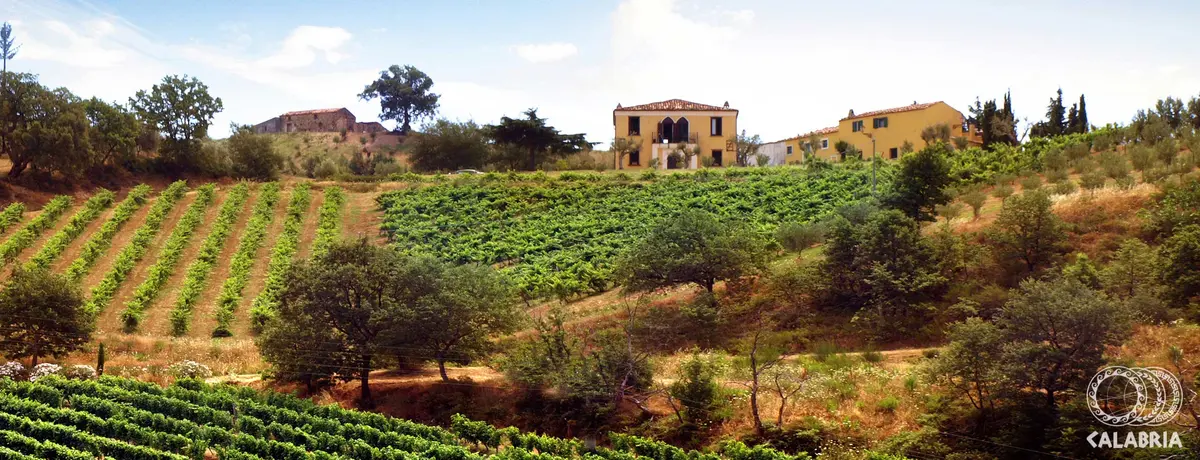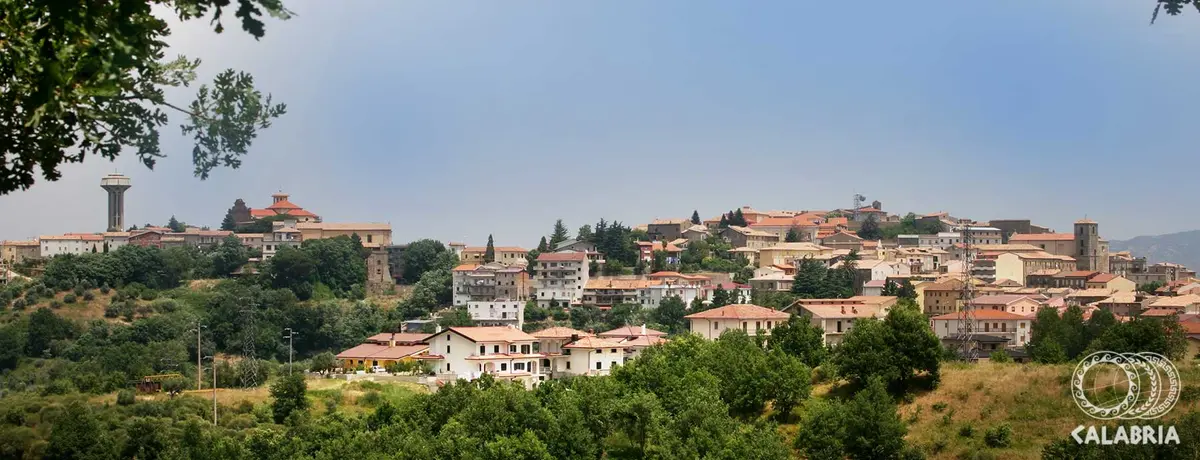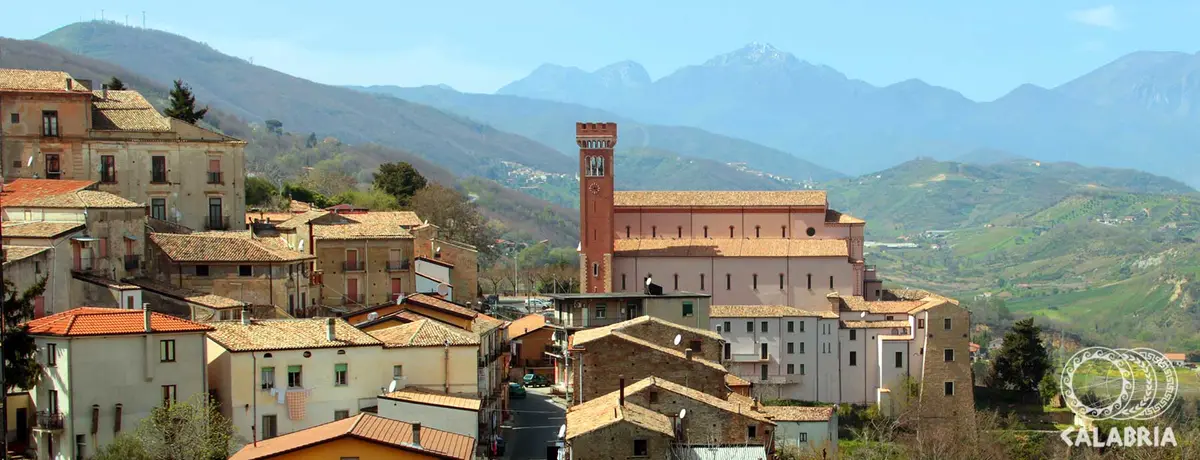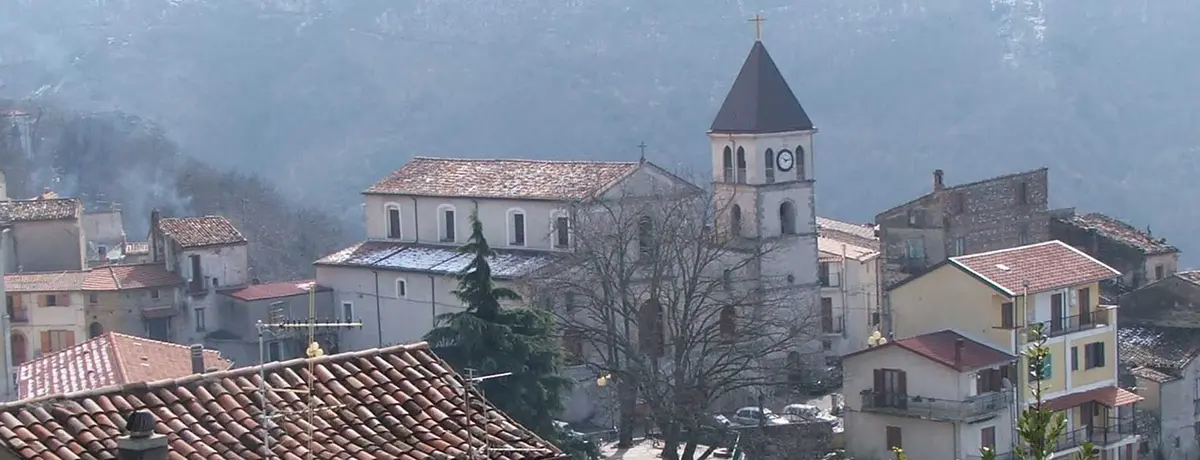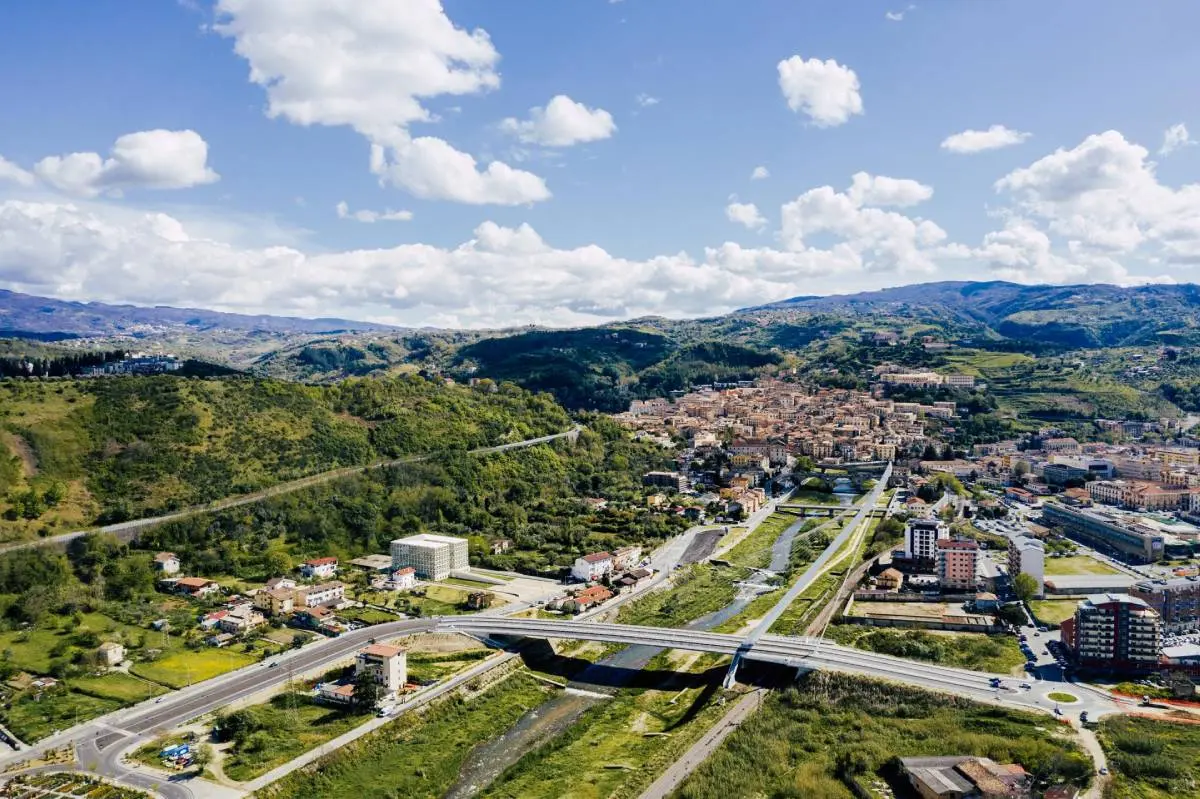Luzzi
Luzzi, the mystical charm of the Sambucina
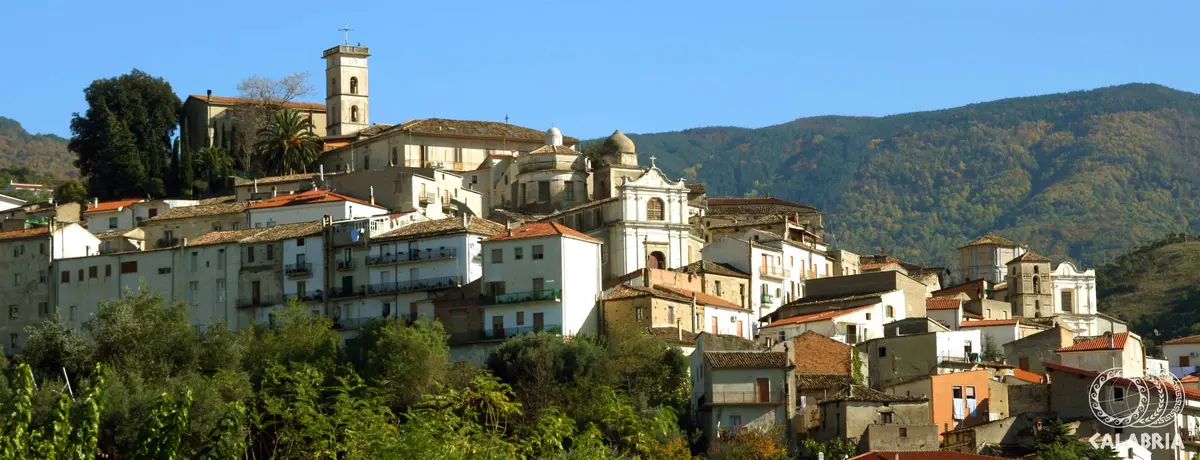
Town
In the green heart of the Crati Valley lies Luzzi, a small town in the province of Cosenza that is said to have risen from the ruins of the ancient “Thebae Lucane", a town in Magna Graecia founded in the fourth century BC.
The origin of the name “Luzzi”, like the origin of the town itself, is mysterious and controversial: some think it was named after the Norman Lucij family, who took control of the town in the aftermath of the conquest of Robert Guiscard,
The Sambucina’s history is of such importance that it made the area a main centre for the Cistercian order in southern Italy.
whereas others believe it comes from the Italian word for "pike” (luzzi) which inhabit the river flowing at the foot of the settlement and still to this day are depicted on the city’s colourful coat of arms.
The town is brimming with religious buildings such as the ancient Church of Sant'Angelo where a painting of Santa Maria delle Grazie, a work of the school of Leonardo da Vinci, was discovered.
The Abbey of Santa Maria della Sambucina, a Cistercian monastery of great historical and artistic im-portance, is well worth a visit, as are the Church of the Immacolata, the Church of San Giuseppe and the Church of Sant'Angelo. Surrounded by a stunning landscape, the town of Luzzi is perched on a hill along the strip of the presila on the eastern side of the Crati Valley.
The Town Hall
Built in the 18th century, the town hall has witnessed an important historical tradition over the ages and is the most notable architectural structure of the old town. The building which, after the 1940s was used as a manor house, was in an advanced state of deterioration both in terms of its structure and its distin-guishing features. A number of interventions over the years have restored it to its former glory. From a static structural point of view the building has un-dergone a complete restoration and the various floors and areas of the building have been reorganised into management, political and administra-tive departments of the municipal headquarters. In typical Renaissance style, the building's exterior has a square layout. It features solid facades and is composed of two levels in addition to the basement and attic. The entrance is framed by a stone structure that ex-tends out from the building.
An architecturally impressive staircase dominates the atrium of the building and is directly connected to the garden and other residential structures which are now used as municipal offices.
The Sambucina Abbey
Luzzi’s historical and artistic heritage is exceptionally important, as demon-strated by the Cistercian Abbey of Santa Maria della Sambucina which, be-tween 1140 and 1160, replaced the church of Santa Maria Requisita and, before that, the Benedictine monastery of Santa Maria di Mensuo. The history of the Sambucina is also significant: it obtained privileges and protection from popes and emperors and became a main centre for the Cis-tercian order in southern Italy. The famous abbey was built around the middle of the 12th century by the Cistercians and soon became an important religious, artistic, and cultural centre where Abbot Gioacchino and other prominent figures stayed. The Sambucina was the site of various artistic and cultural practices and was a leading producer of ancient illuminated manuscripts. The church also lays claim to many features of considerable artistic inter-est, such as the large entrance arch, the portal which is richly decorated in ornamental sculptural motifs, and the apse wall with its three single lancet windows. Inside, many valuable works of art are on display including the fresco depicting the Madonna and Child, with sixteenth-century Tuscan in-fluences, and the early seventeenth century Assumption in Glory with An-gels and the twelve Apostles, of the same artistic school.
Churches
The ecclesiastical riches of Luzzi include the church of Santa Maria delle Grazie which is a treasure trove of artworks ranging from the baptismal font in tufa to paintings such as the Baptism of Christ and the Portrait of Cardinal Giuseppe Firrao. The church also displays two captivating canvases of Our Lady of the Rosary and Saints, and a series of effigies of the Saints. The spectacular churches of the Immaculate Conception, St. Michael the Archangel, la Madonna della Sanità o della Cava (Madonna of Health or of the Quarry), and that of Saint Francis of Paola are equally worth a visit. The church of Sant'Angelo, most likely built in 1300, houses the painting of Santa Maria delle Grazie by the school of Leonardo da Vinci. Its particularly beautiful polychromatic wooden altar of 1600 is considered a national mon-ument. A baptismal font in tufa stone with Romanesque style sculptural mo-tifs can also be admired. The 16th-century church of the Immacolata houses two exceptional paint-ings: the Assunta in Gloria con Angioletti, which is a classic work by Luca Giordano, and the canvas of the Annunciation, painted in the style of Italian baroque artist Francesco Solimena. The statue of the Patron Saint of the Immaculate Conception is also displayed in the church, which is the main church in the parish of Luzzi (San Biagio V.E.M.). The church of San Giuseppe was once a chapel belonging to the Firrao family and houses the remains of Saint Aurelia Marcia. It is now a pilgrim-age destination for many towns in Calabria. The body of the Martyred Saint is housed behind a catacombal slab of early Christian art. The Church of the Nativity of the Blessed Mary has an Arabic dome be-cause it was probably a Muslim temple before becoming a church. Inside, the 18th-century Neapolitan painting known as "Madonna del Rosario” is on display.
Gastronomy
For many years, the small hamlet of San Vito has been producing a young wine which, in 1997, became an EU Designation of Origin product. The vines grown in this area have to withstand a humid and relatively ex-treme climate which is mainly characterised by frequent temperature changes both at night and with the changing seasons. San Vito di Luzzi Doc (Denominazione di origine controllata) wine is pro-duced in red, rosé, and white varieties using grapes from local vines accord-ing to a blend established by the 1994 production regulations. Its composi-tion makes San Vito di Luzzi one of the most heterogeneous wines of Ca-labria. It is obtained by blending numerous grape varieties of which some, such as Sangiovese (a grape used in the famous Brunello di Montalcino), are not native to the area.
Useful information
What to know about Luzzi
Where to Sleep
There are 1 available accommodations.
Places
There are 2 places to visit.
Travel Ideas
There are 2 travel ideas.
Infopoint Luzzi
Via San Giuseppe, Luzzi
No result
